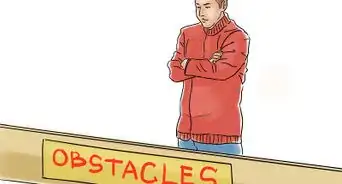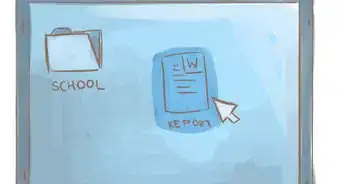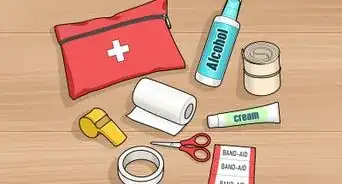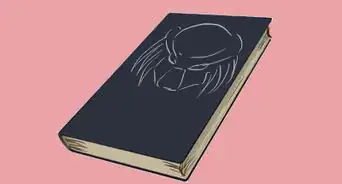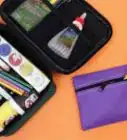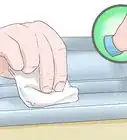X
wikiHow is a “wiki,” similar to Wikipedia, which means that many of our articles are co-written by multiple authors. To create this article, 30 people, some anonymous, worked to edit and improve it over time.
This article has been viewed 97,862 times.
Learn more...
With all the school supplies available to students, buying supplies can turn from a simple task to one more daunting. However, a few tips and some common sense can help you overcome the myriad of supplies and transform you into a student groomed for success.
Steps
Part 1
Part 1 of 3:
Budgeting for supplies
-
1Save up some money. School supplies can be quite costly, so you will need to have an adequate budget. Ask your parents to help out if they can.[1]
-
2Check to see what you have around your house before you buy any school supplies. If you have items already, use them instead of buying a duplicate. Save money and time!Advertisement
-
3Buy quality for long-term durability. When you are looking at school supplies, check the quality of the items. Will the folders rip or tear in your backpack? Is the spiral wire bound to come undone when you are using a notebook? If you buy supplies that don't last you through the year, you will become disorganized and forced to fork out more money. Check to see that what you are buying will stand up to some wear and tear. Even if it costs a little more, it may be better savings in the long run, especially if it lasts all year, or even into the following year.
Advertisement
Part 2
Part 2 of 3:
Knowing which supplies to get
-
1Check your school supply list. Often, schools will give you a list of needed supplies before you arrive. If so, make sure to get everything on the list. The list is useful because it also helps you to avoid buying things you don't need, and you can keep that money for other things.
- If your school does not give you a list, use common sense. You will need a notebook or binder for most subjects, as well as a folder.
-
2Consider whether you need special supplies beyond the usual. Some courses may require special materials (for example, a graphics package or a laboratory coat). In these cases, it may be best to consult with a teacher or student who has taken the course to ensure you get the right materials.
- Is it possible to get used items? For some things, such as expensive textbooks or clothing, hand-me-downs might be the best option. Many schools run used sales groups or stalls for just such purposes; inquire at the front office.
Advertisement
Part 3
Part 3 of 3:
Purchasing supplies
-
1Buy a suitable bag. If you don't already have a backpack, rucksack or satchel, get one that will last a few years at least. Choose dark colors as these won't mark as easily. Check for sturdy zippers, flaps, tabs, etc. so that things can't fall out and won't bust easily.
- Check for sales on bags. You can spend a lot of money on bags, so it's wise to see what's on offer for less.
-
2Choose your pens and pencils wisely. If possible, test them before you buy. This can save you time and trouble when you go to write. Once you find one style you like, buy multiples so you don't run out, or have a replacement for a lost utensil.[2]
- Buy pens in blue and black for writing. Most teachers correct in another color (such as red, green, orange, etc.) , and thus prefer for students to use black or blue ink.
-
3Get a large pencil case. Fill it with: different pencils, blue, black and red pens, a geometry set (protractor, compass, triangle rulers, 15cm rulers etc.), sharpener with a top to collect shavings, a 30 centimeter (11.8 in) ruler, erasers (the ones that slot onto the back of your pencils are perfect), colored pens and pencils and a calculator.[3]
-
4Purchase basic school tools. These may include but are not limited to: binder clips, a stapler, index cards, rubber bands, scissors, a three hole punch, an eraser, and tape.
- Get a few plastic art folders for homework. A4 size is the best option.
-
5Pick a planner or organizer that you will use. Some schools provide a planner and require students to use it as a hall pass etc. but you may not find it one that you like. Choose something that is portable, and that you will write things down in.
-
6Get a small wallet. This is for dinner money, emergency supply money, etc. if relevant.
-
7Consider buying a phone book to write down any emergency numbers or the number of new friends.
Advertisement
Warnings
- Don't go for the 5 subject notebooks unless your teacher tells you to have one. Disadvantages include that if one teacher wants to see it, you will have nothing to write for your other four subjects, it is big and bulky, it is generally more expensive compared to five separate books and it is wasteful as a lot of the pages end up unused.⧼thumbs_response⧽
Advertisement
Things You'll Need
- Budget and funds
References
About This Article
Advertisement
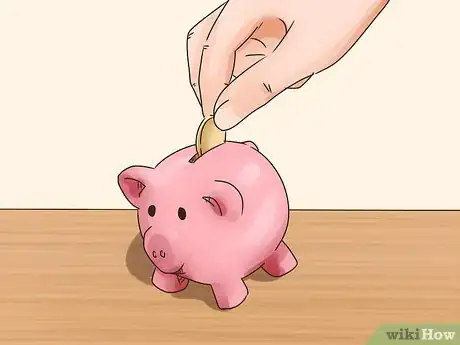
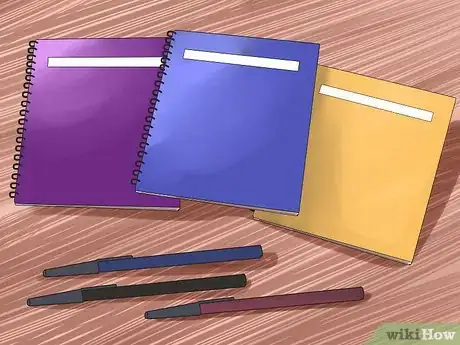
-Step-1-Version-2.webp)
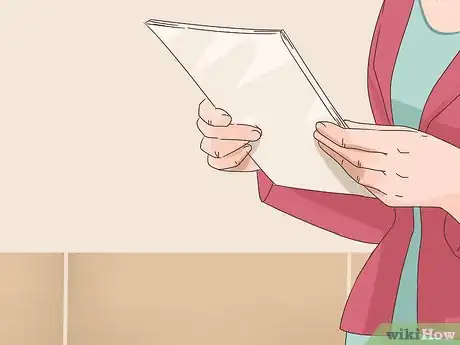
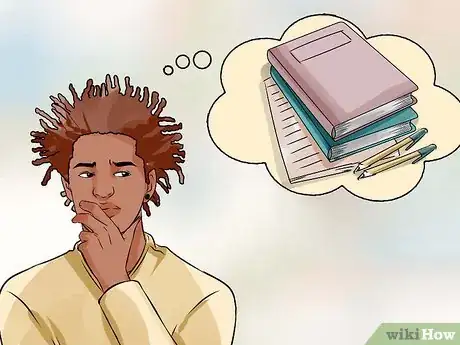
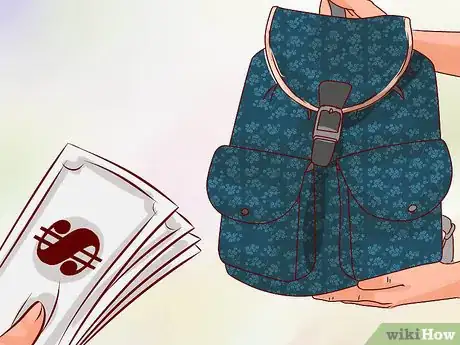
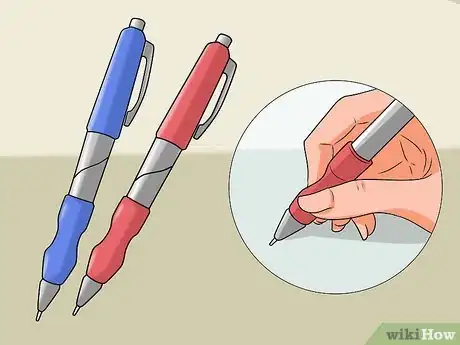
-Step-3-Version-2.webp)
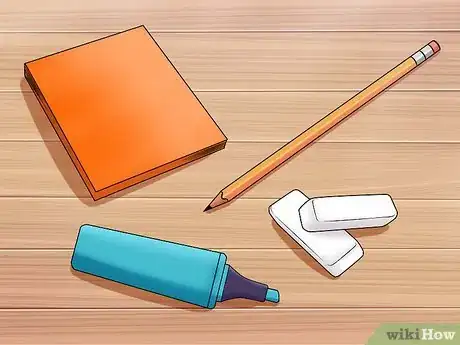
-Step-2-Version-2.webp)
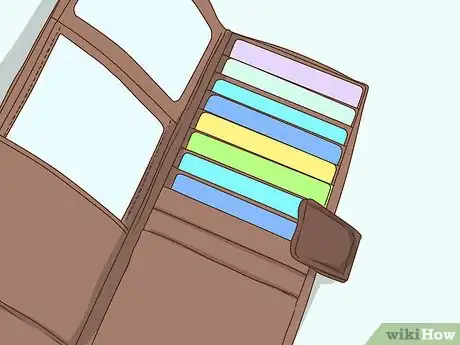
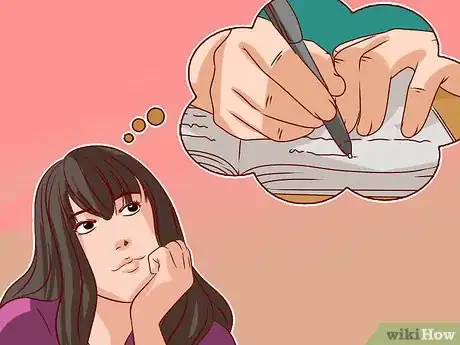
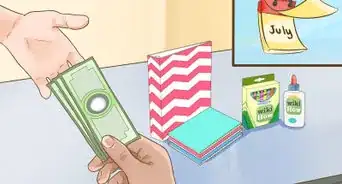
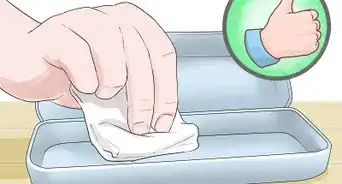

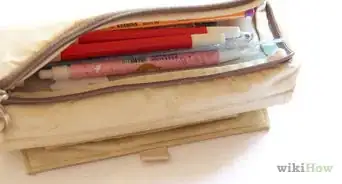
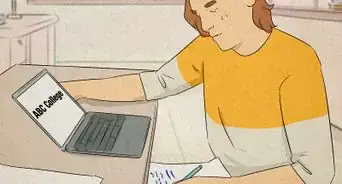
-Step-26-Version-2.webp)
